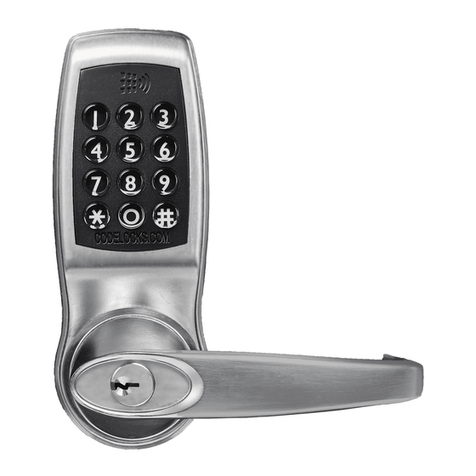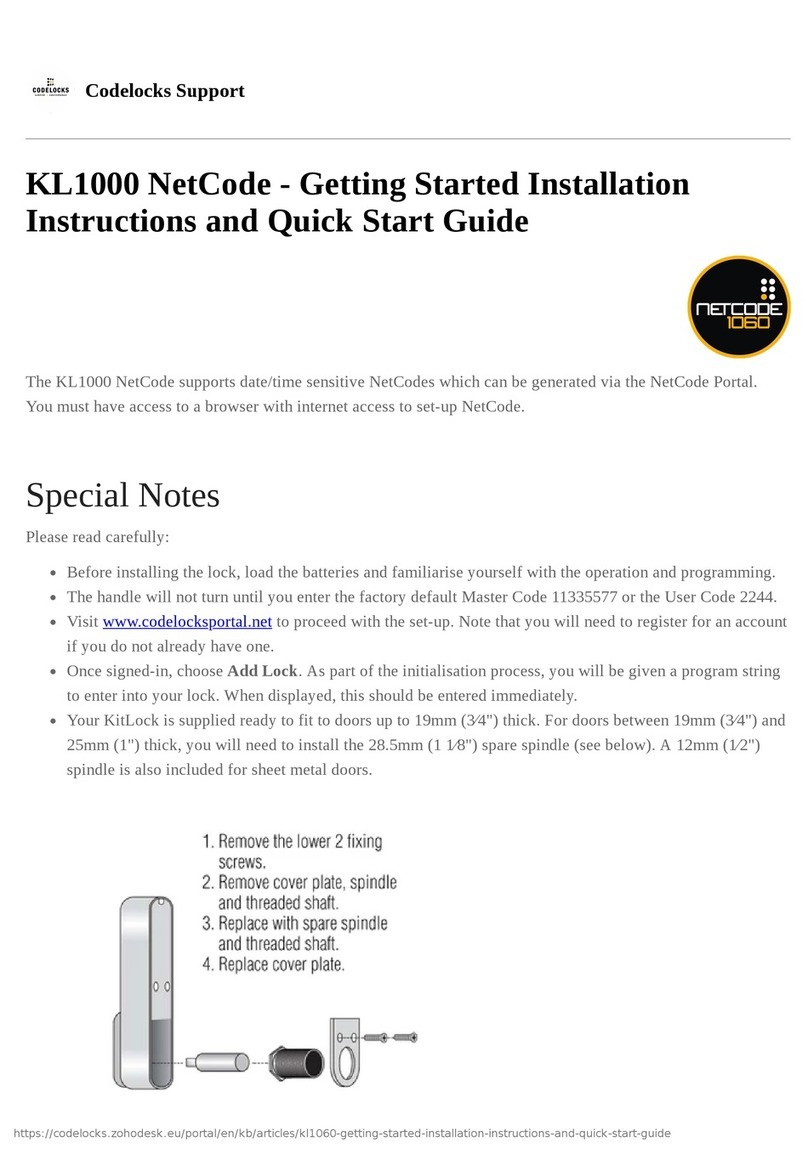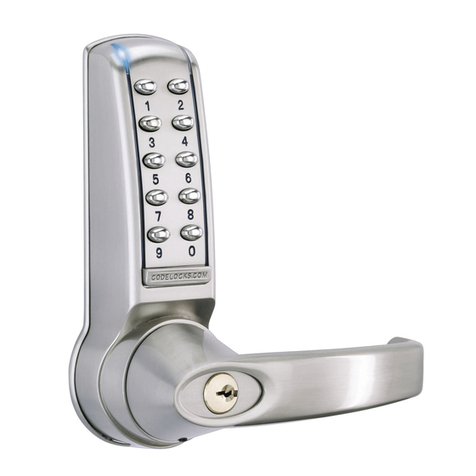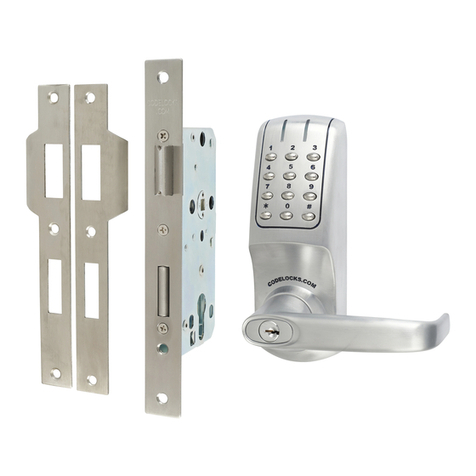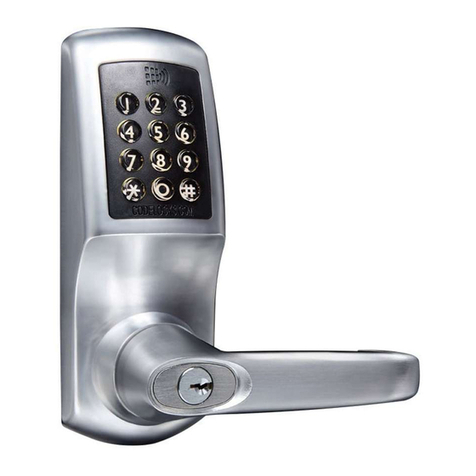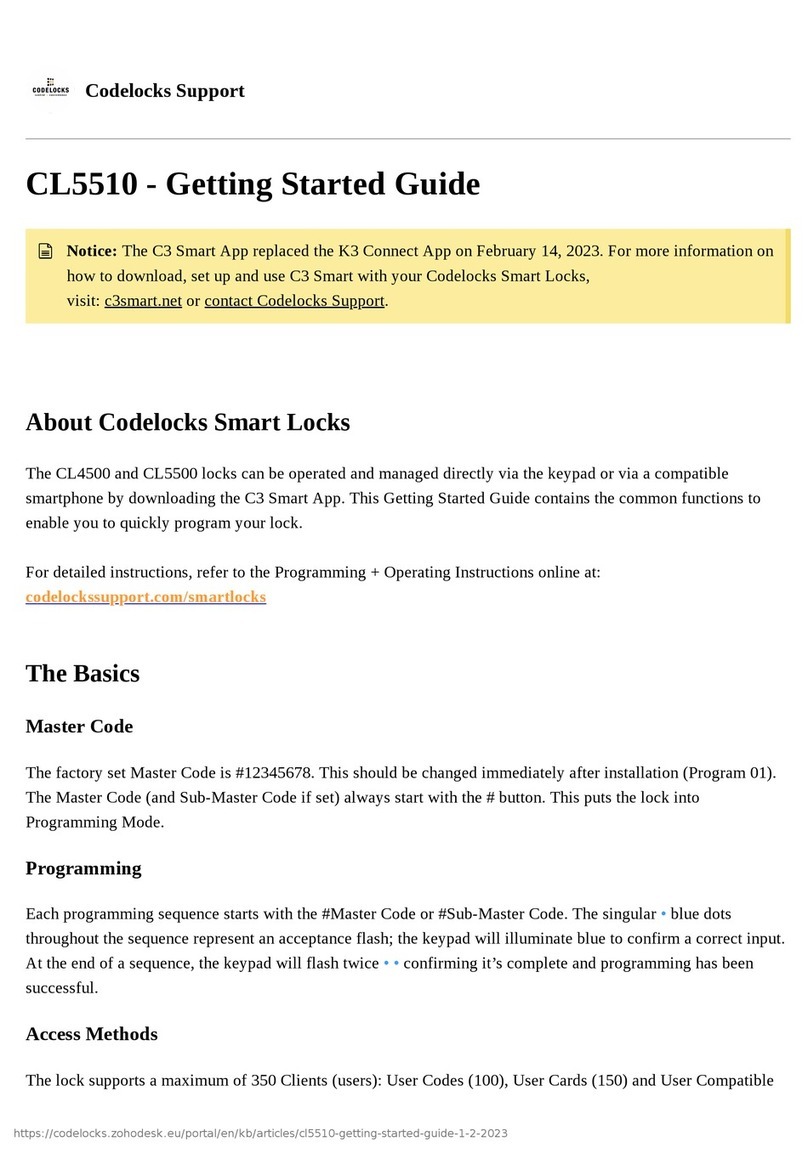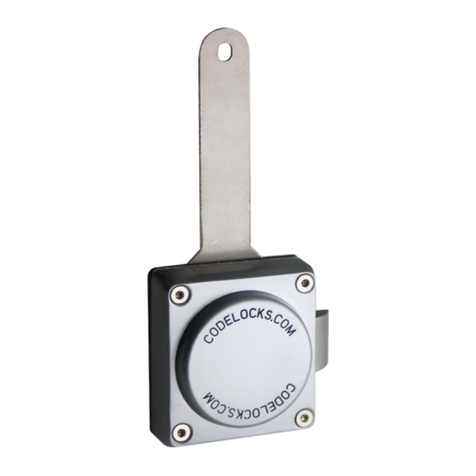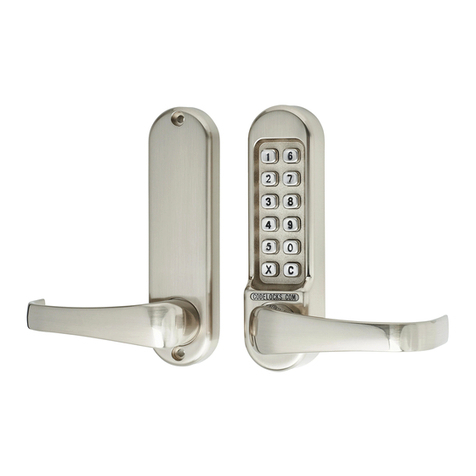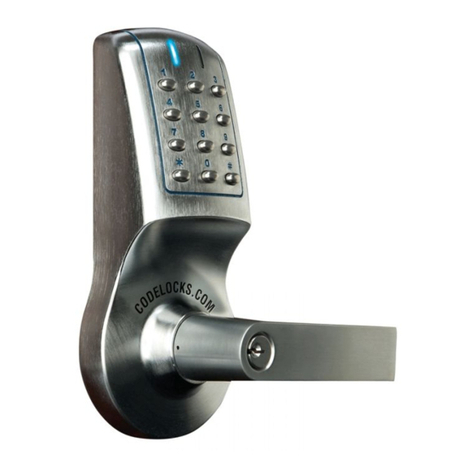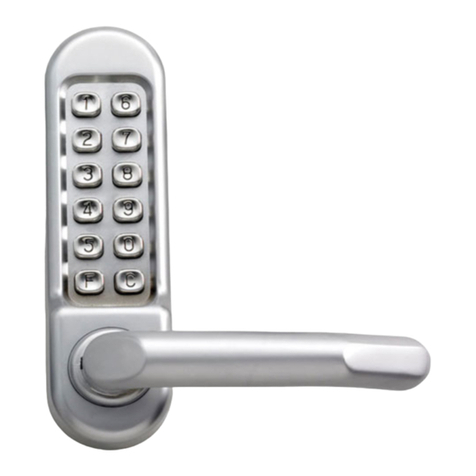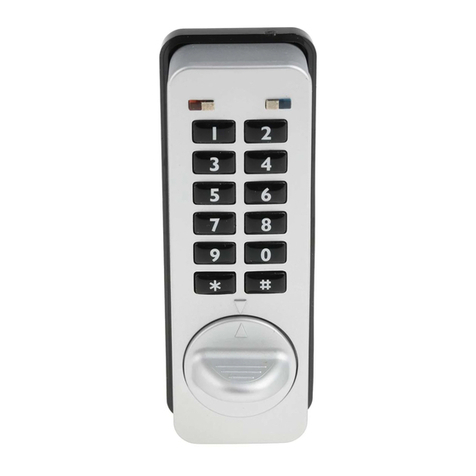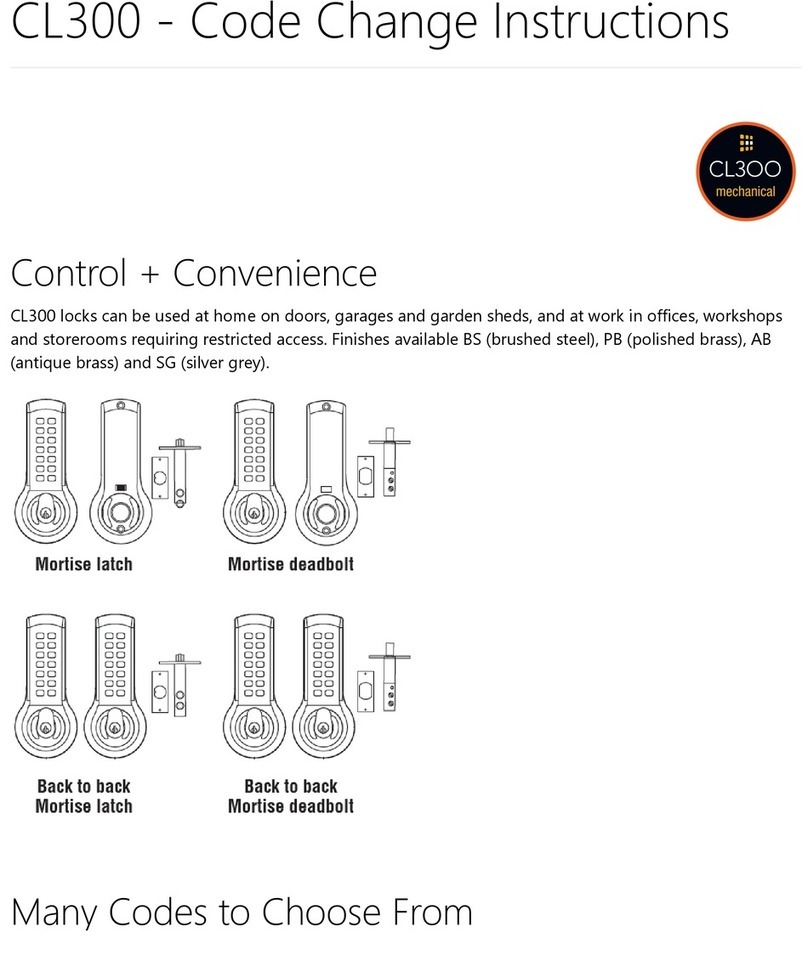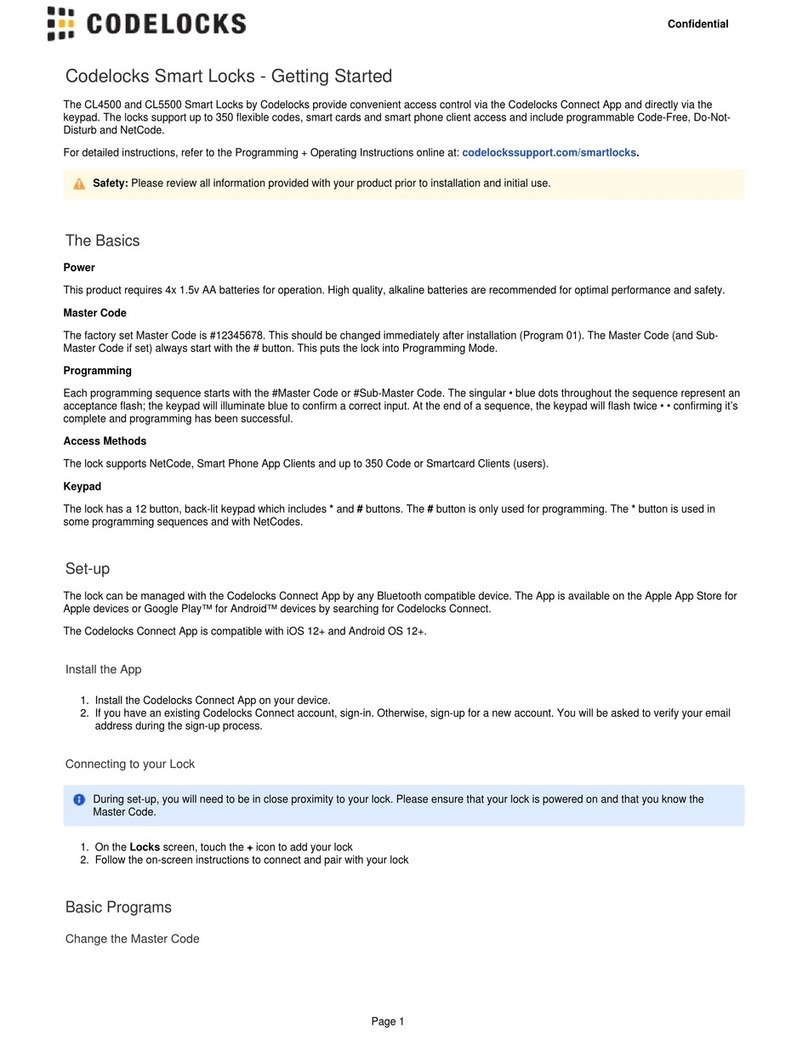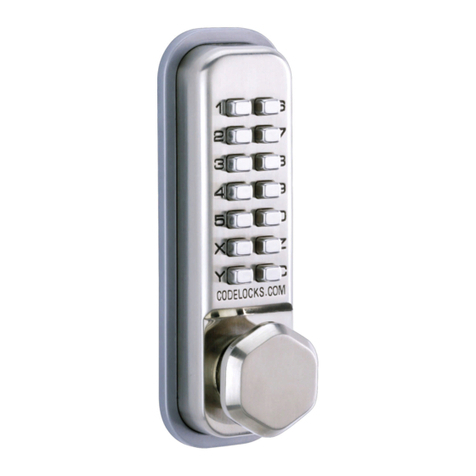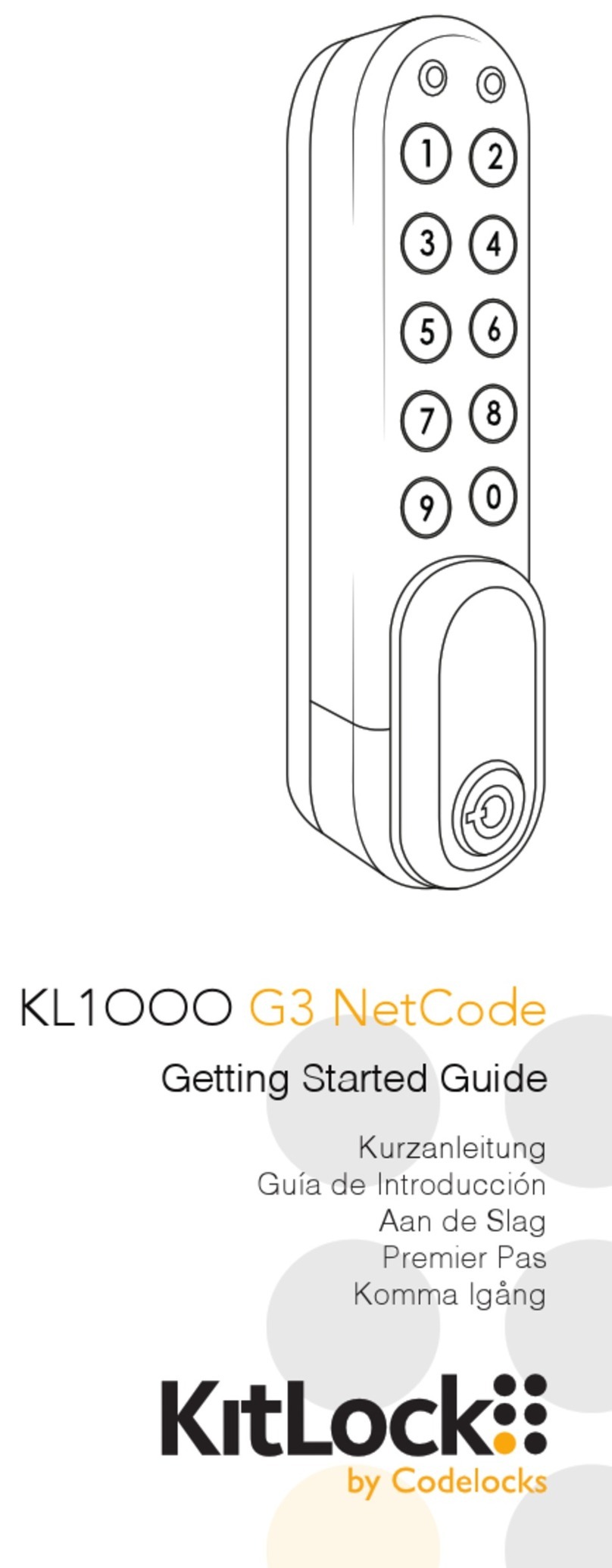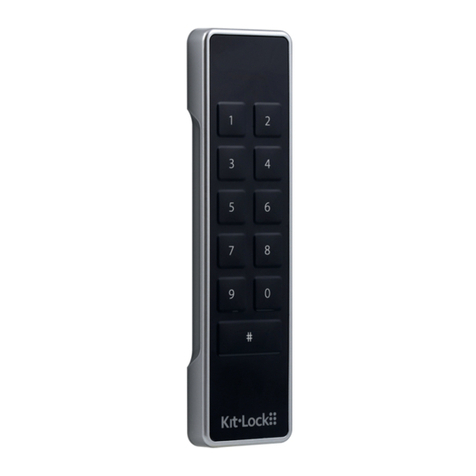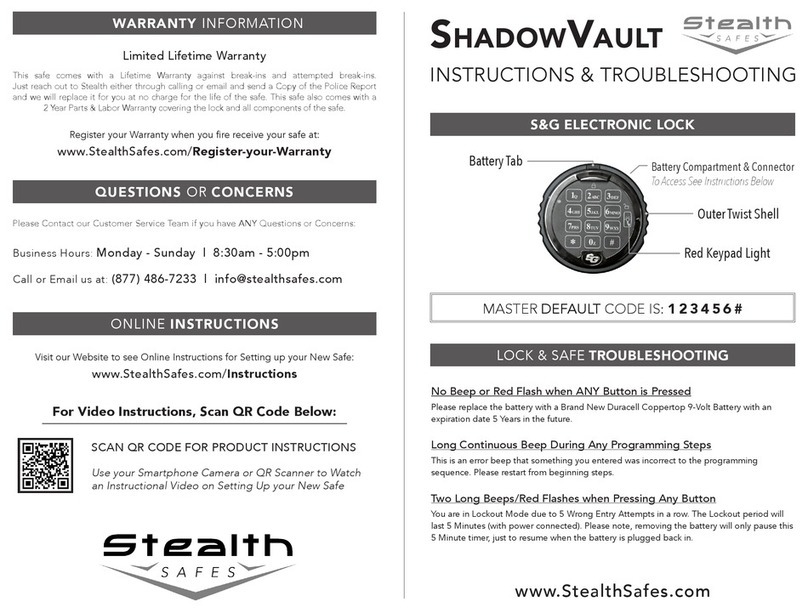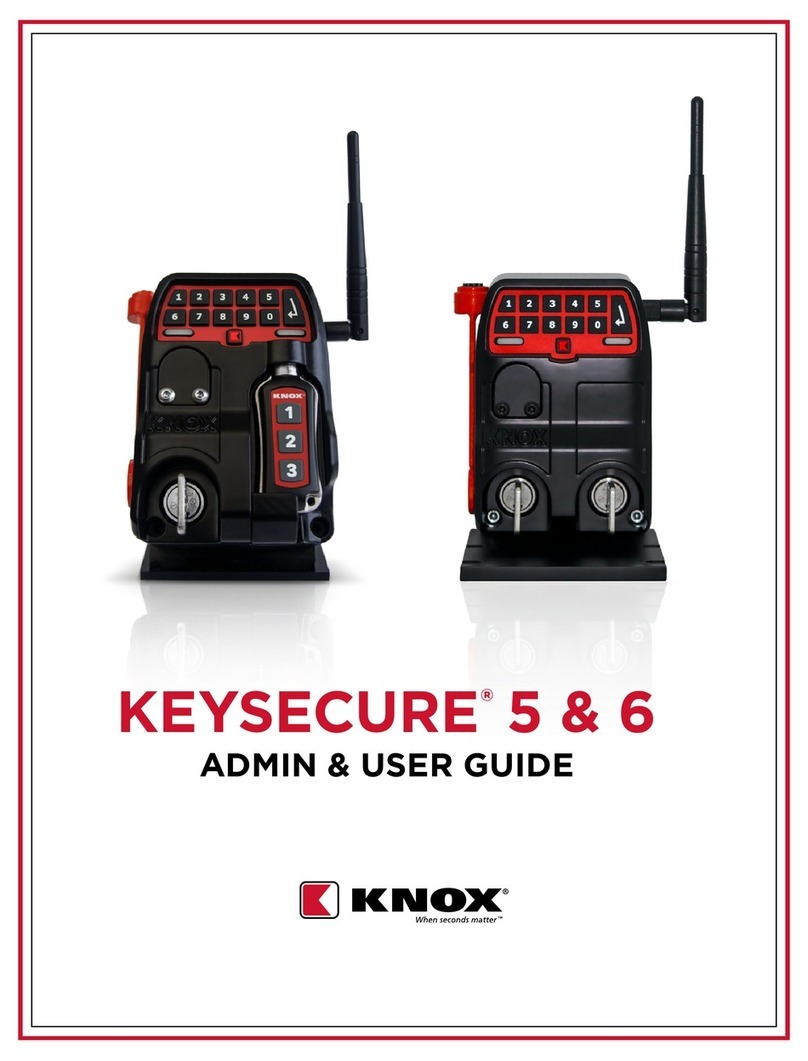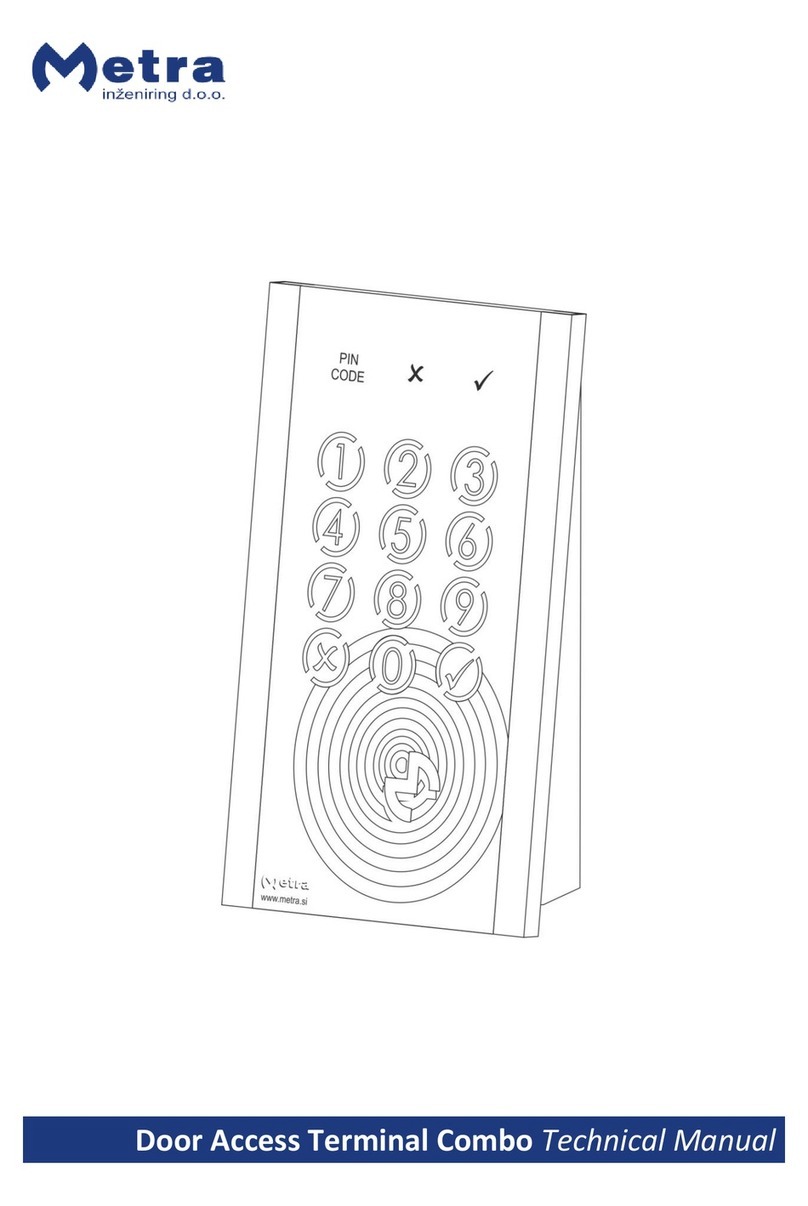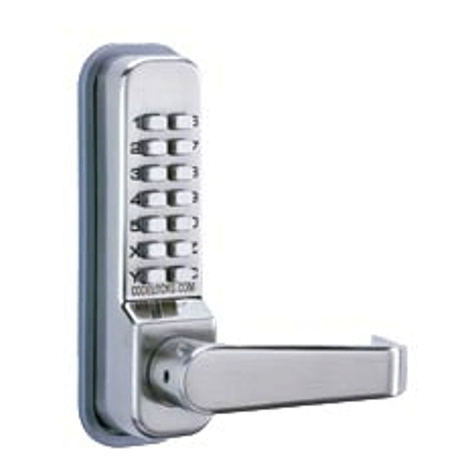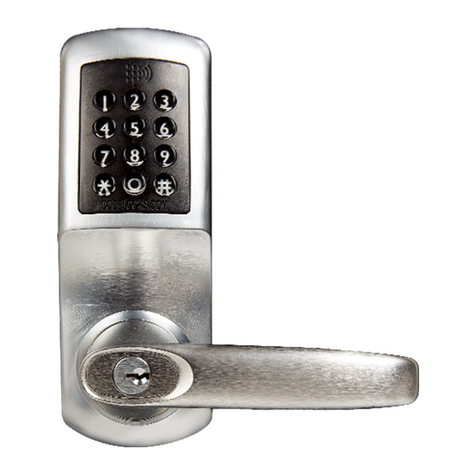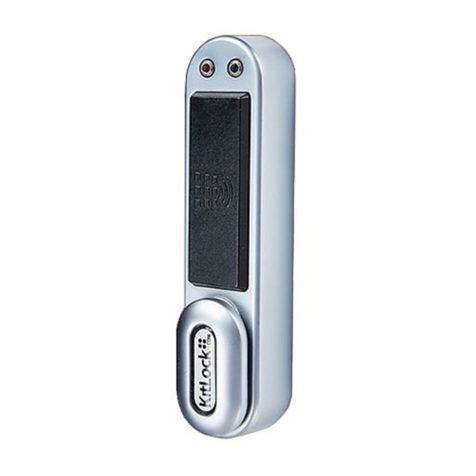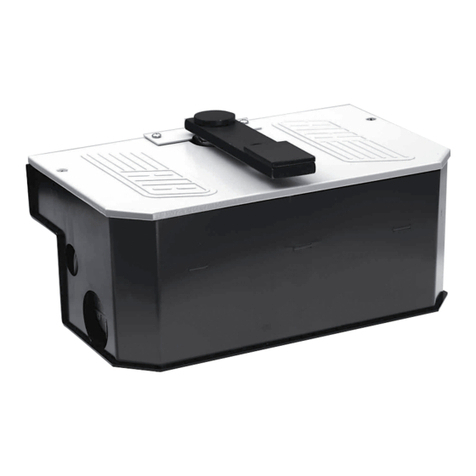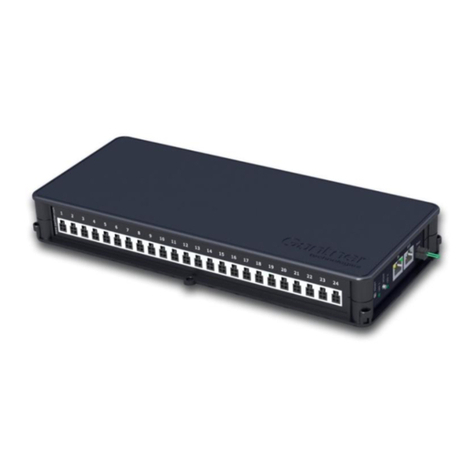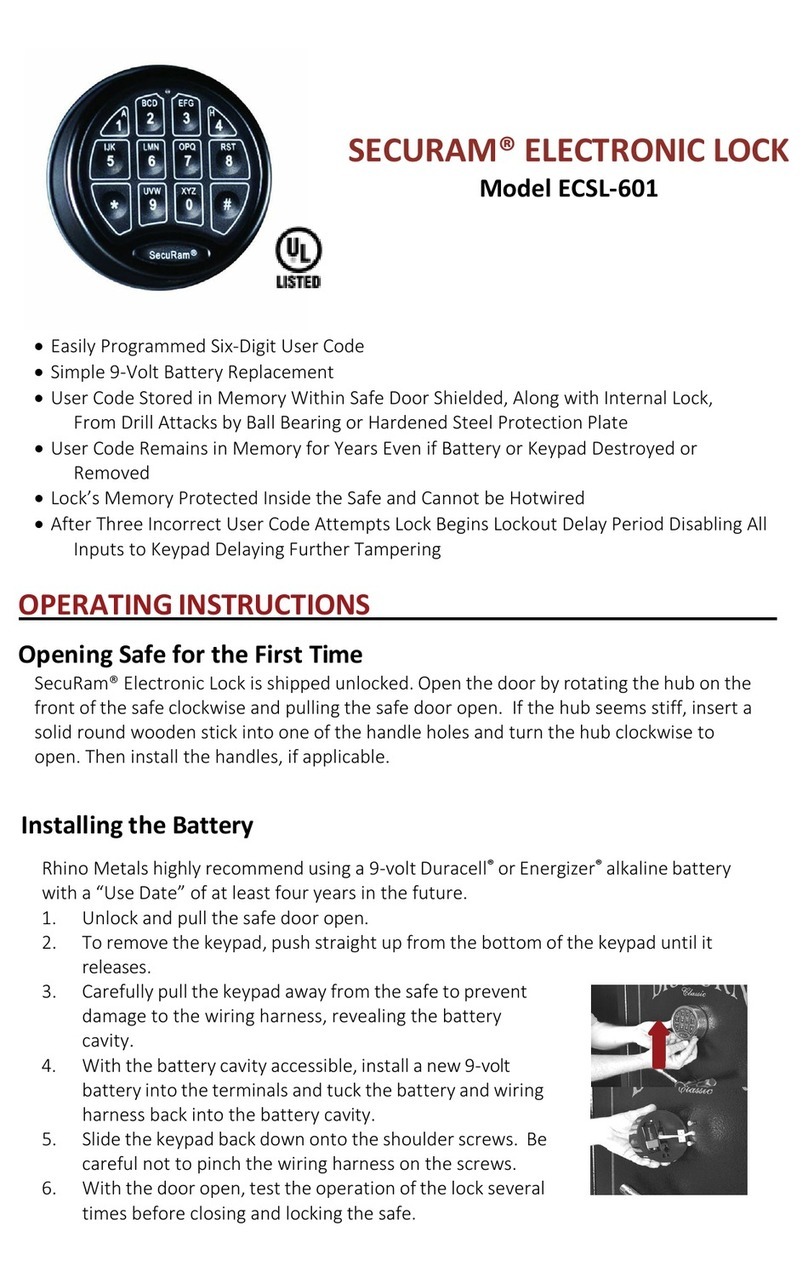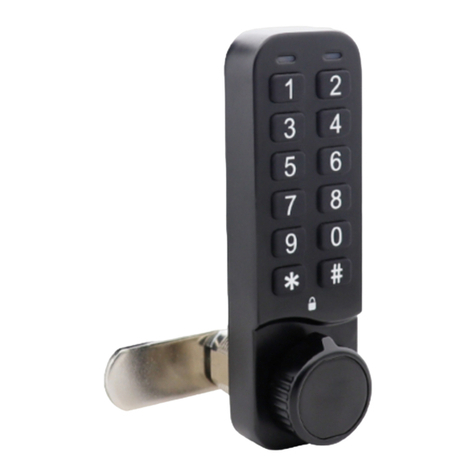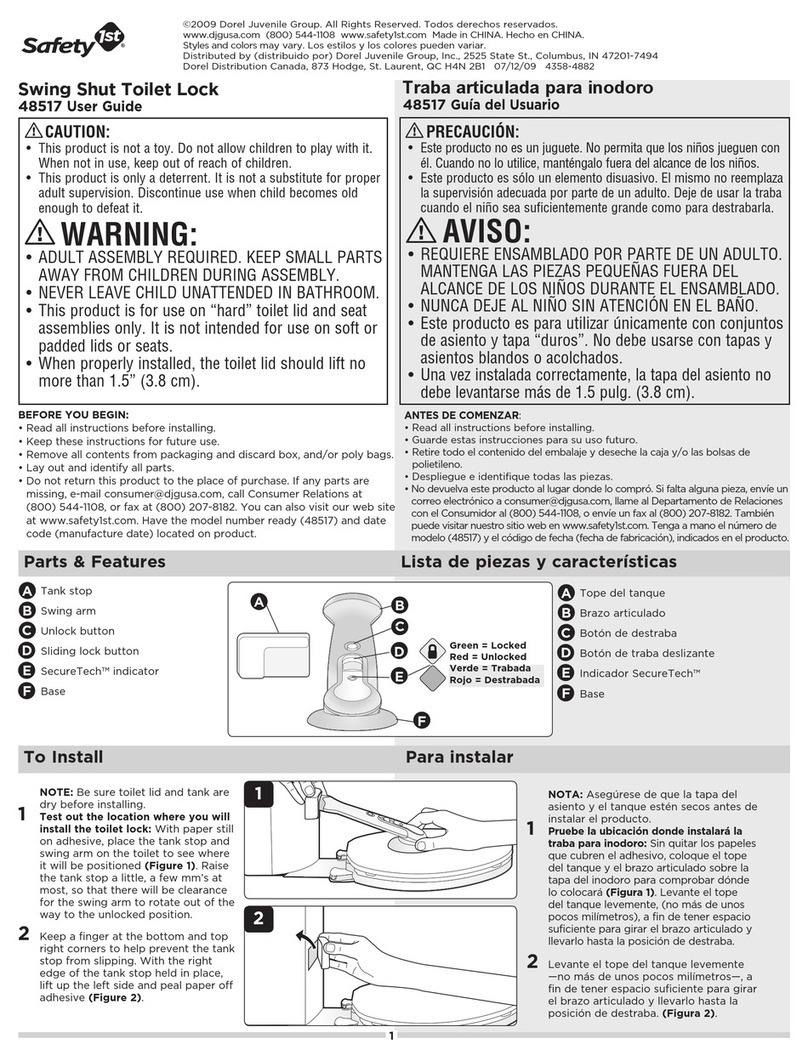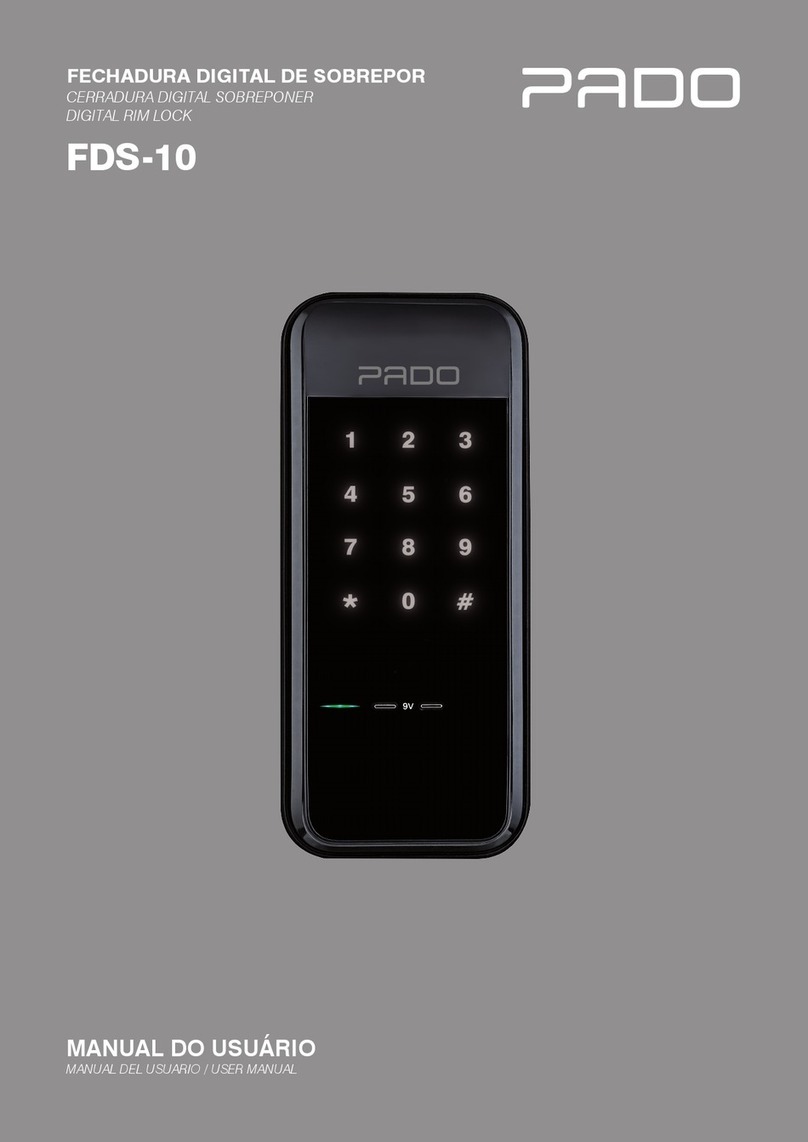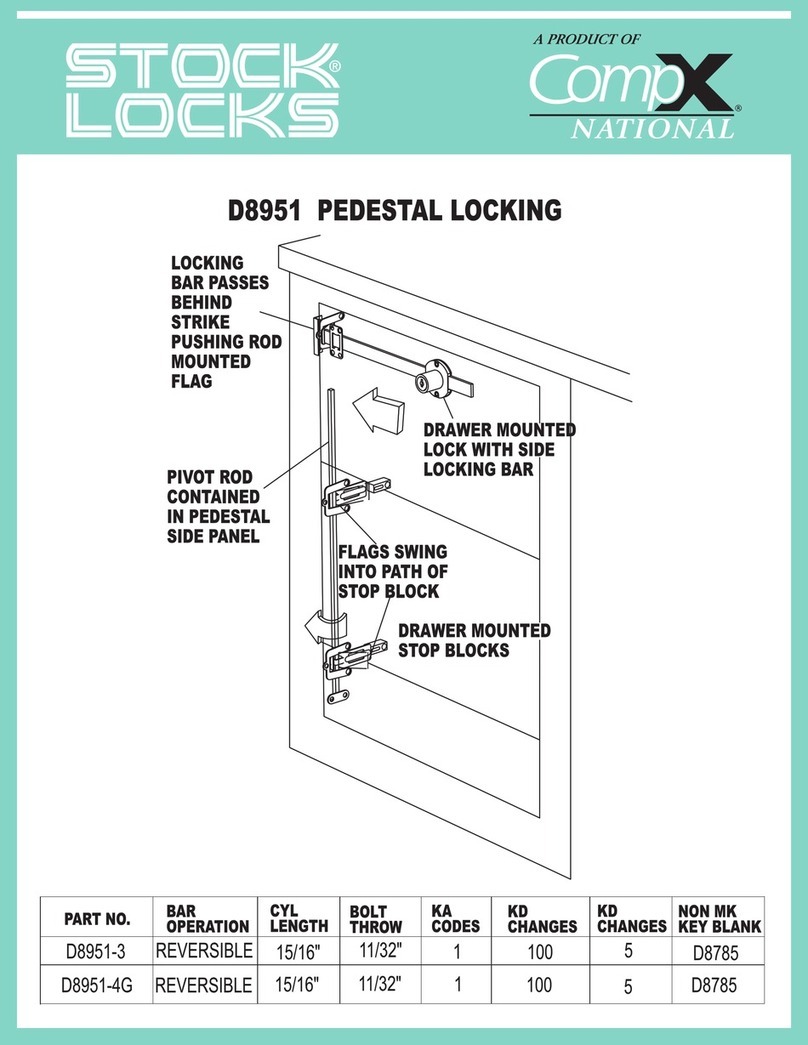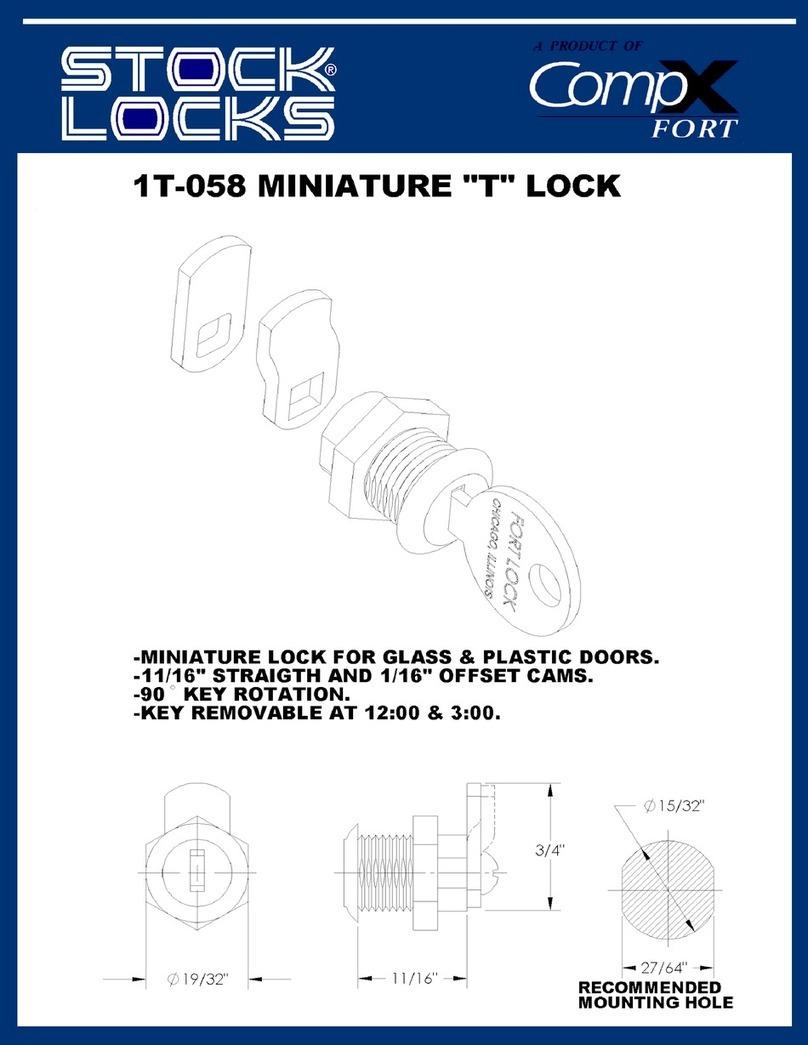Model CL620/625 Installation Instructions
The model CL620/625 has a mortice lock and may be used as a
new installation on a door, or where an existing lock is to be
replaced.
IMPORTANT: The mortice lock provided (fig.2 - page 11) has
features which are not found in most other locks and so it is
recommended that you familiarise yourself with them as follows:
A. When necessary the hand of the latchbolt can be changed by
removing the three screws holding the faceplate to the lockcase,
reverse the latchbolt, and tighten the screws back up, ensuring that
the latchbolt is central.
B. Put the key in the cylinder and insert it centrally into the lockcase.
Fix it in position with the long bolt through the faceplate. It should
now be possible to project and retract the deadbolt with the key, and
also to retract the latchbolt.
C.The square latchbolt follower is in 2 parts: the inside ‘panic
function’ follower will retract the latchbolt and also the deadbolt
when it is projected. The effect of this is to ensure that it is not
possible to accidentally lock someone in a room because the
deadbolt is projected. The outside follower will always retract the
latchbolt whenever the lever handle is depressed after a correct
code is entered, but it will not retract the deadbolt. The hand of the
‘panic function’ is determined as follows: the grub screws on the split
follower facing the code side must be removed. This prevents the
outside handle retracting the deadbolt.
NEVER remove grub screws from both sides at the same time. All
door locks should be installed with a degree of precision to ensure
that all components are horizontally and vertically accurate in
relation to each other, and in relation to the door. Do not install the
lock where it will involve cutting into a joint between the door stile
and a mid-rail.
STEP 1
Lightly mark a height line on the edge and both faces of the door,
and the door jamb, to indicate the top of the lock when fitted. Mark a
line down the centre of the door edge, extending above the height
line and 300mm (12”) below it.
STEP 2
Hold the template against the edge of the door with the top in line
with the height line, and with the arrows in line with the ‘Centre of
Door Edge’ line. Mark the positions of the fixing holes, and the holes
to be drilled for the mortice.
STEP 3
Apply tape to the 16mm ( / ”) drill bit at 90mm (3 / ”) from the tip to
58916
act as a depth guide when drilling the mortice holes. Ensure the drill
is level and parallel to the door face and drill the holes as indicated
on the template. Remove the remaining wood with a chisel to leave
a clean mortice hole which accepts the lockcase without forcing.
With the lock in the mortice make sure that the forend is parallel with
the door edge and mark the outline of the forend plate. Cut the
outline with a Stanley knife to avoid splitting out when chiselling.
Chisel a rebate sufficient to accept the forend flush with the surface.
STEP 4
Fold the template accurately along the dotted line and tape it to the
door face with the top in line with the height line, and the fold on the
door edge. Mark the centres of all the holes to be drilled. Remove
the template and repeat the procedure on the other face of the door.
STEP 5
Drill the holes from both sides of the door to improve accuracy and
to avoid splintering out the door face.
STEP 6
Install the lockcase in the door.
STEP 7
Cut three of the socket head bolts to the required length for your
door. Approximate overall length should be door thickness plus
25mm (1”) to allow about 10mm ( / ”) of threaded bolt to enter the
38
outside plate.
STEP 8
Take the BLUE or RED tipped spindle and fit to the code side
according to the hand of your door (see diagram).
Fit remaining spindle to inside - non code side.
STEP 9
Apply the front and back plates, with the neoprene seals in position,
against the door, over the protruding ends of the spindle.
